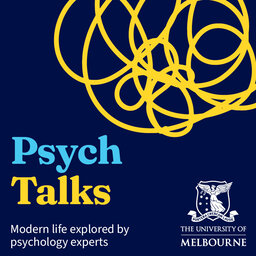Can bots improve our mental health?
Discover how the AI revolution is entering the world of psychology and clinical practice. Professor Simon Dennis shares his quest to craft AI-driven tools for therapy. Can bots help address the shortage of mental health professionals by providing affordable, 24/7 support? And what are the ethical, practical and philosophical questions behind using therapist bots as part of therapy treatment?
Find out more about Simon's AI-driven cognitive behavioural therapy tools.
Please be advised that this episode discusses suicide and suicide ideation.
 PsychTalks
PsychTalks


